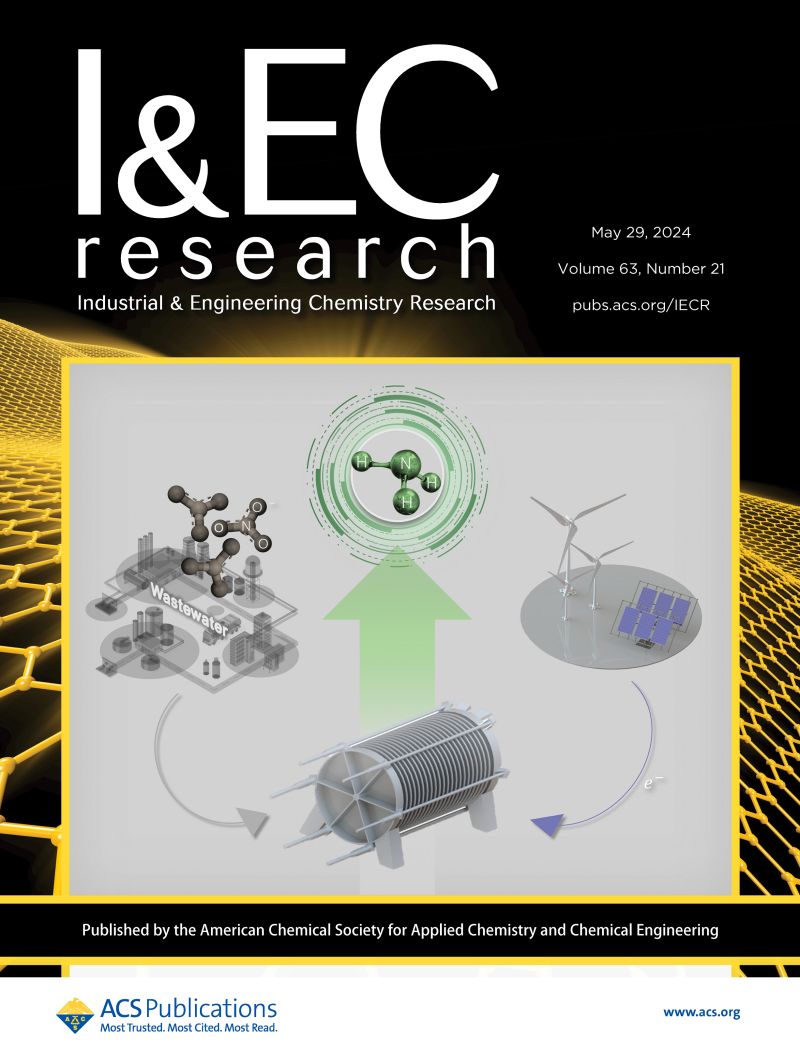Construction of Polyurethane with Excellent Water-Tolerant and Self-Healing Properties by the Efficient Synergy of Imine Bonds and Aliphatic Long Chains
IF 3.8
3区 工程技术
Q2 ENGINEERING, CHEMICAL
引用次数: 0
Abstract
Thermoplastic polyurethane (TPU) elastomers are widely used as substrates for flexible sensing due to their excellent toughness and self-healing properties. However, water interference seriously impacts the mechanical and self-healing performance of TPU. Herein, a novel hydroxy-terminated polybutadiene-based polyurethane (HPU) with water tolerance and self-healing properties was constructed by the synergy of water-sensitive dynamic imine bond and aliphatic long side chains (glycidyl methacrylate (GM)). The introduction of GM enhances the water tolerance of HPU and reduces the polymer segment symmetry. This enables segment mobility to activate the dynamic imine bond metathesis, crucial for the self-healing of HPU. With this unique structure, HPU exhibits outstanding water tolerance, remaining stable underwater for 3 days without significant mechanical property decay. It also has a high self-healing efficiency, over 95% at 35 °C in 24 h and 79% underwater. In addition, HPU shows excellent mechanical properties (tensile strain: 1171%, tensile strength: 4.2 MPa, toughness: 34.9 MJ/m3). These excellent properties endow HPU with great potential in practical applications, especially in humidity-sensing. The humidity-sensing application based on HPU has a broad detection range (11–95% relative humidity (RH)) and stable signals in water. This elastomer, with excellent water tolerance and high self-healing, is expected to expand the practical applications of flexible sensing materials in harsh humidity or underwater environments.

求助全文
约1分钟内获得全文
求助全文
来源期刊

Industrial & Engineering Chemistry Research
工程技术-工程:化工
CiteScore
7.40
自引率
7.10%
发文量
1467
审稿时长
2.8 months
期刊介绍:
ndustrial & Engineering Chemistry, with variations in title and format, has been published since 1909 by the American Chemical Society. Industrial & Engineering Chemistry Research is a weekly publication that reports industrial and academic research in the broad fields of applied chemistry and chemical engineering with special focus on fundamentals, processes, and products.
 求助内容:
求助内容: 应助结果提醒方式:
应助结果提醒方式:


